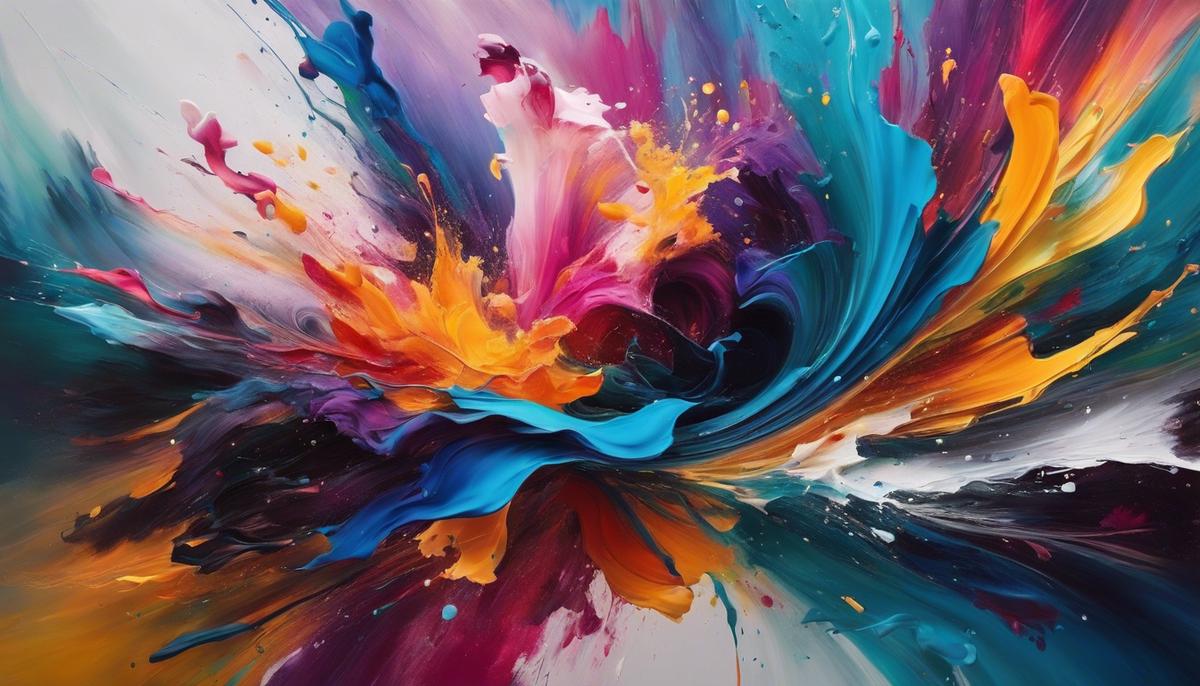In the expansive world of technology, where digital platforms and applications have become an integral extension of our daily lives, the discipline of User Experience (UX) Design emerges as an essential field, combining the analytical with the creative to craft experiences that resonate deeply with users. From the moment we wake and check our weather apps to the final scroll through social media before sleep, UX design guides our journey, ensuring it is as seamless and enjoyable as possible. This essay delves into the fascinating realm of UX Design, unlocking the strategies and principles that allow us to understand and meet user needs, creating not only beautiful but more importantly, functional and user-friendly digital landscapes.
Understanding User Needs
The Alchemy of Empathy in Crafting Exquisite User Experiences
Picture this: a digital realm where every click, every swipe, feels as intuitive as a conversation with an old friend. This isn’t the fruit of chance; it’s the harvest of empathy integrated into User Experience (UX) design. At the heart of exceptional UX design lies a profound understanding of the user – their feelings, challenges, and aspirations. It is the stepping into another’s shoes and navigating the product from their viewpoint, which is both an art and a science.
Empathy allows designers to transcend their own biases and create solutions that resonate deeply with the end-user. It begins with listening—truly listening—to the audience. When creators tune into the voices of those they’re designing for, they unlock insights that data alone cannot reveal. This human-centric approach leads to products that aren’t merely functional but are also joyous to use. The result? Users feel seen and understood, which in turn, fosters a sense of connection and loyalty to the product.
Furthermore, embedding empathy in UX design isn’t just about catering to user needs, it’s about anticipating them. It’s about predicting the roadblocks users might face and smoothing them out before the first encounter. With this mindset, a designer crafts a silent dialog of care within the product, assuring the user that their experience truly matters. In a world where technology can often feel cold and indifferent, empathetic UX design is the warm light guiding users to where they need to go with ease and comfort. Therein lies the secret to creating not just a product, but an experience that enriches lives.

Principles of Effective UX Design
As the canvas of screens becomes ever more ubiquitous in our lives, the guiding principles of consistency and simplicity in User Experience (UX) design take on the role of the foundational brushstrokes in a masterpiece. Consistency ensures that users find comfort in familiarity—navigation and interaction across a platform maintain a predictable pattern, much like the reassuring rhythm in a piece of music. This doesn’t mean stifling creativity—it’s about creating a harmonious balance that allows users to engage with the digital space without feeling lost or overwhelmed. Consistency in UX design is the thread that ties all the elements together, weaving through the tapestry of menus, buttons, and actions to create a cohesive narrative.
Simplicity, on the other hand, is the principle that champions clear, uncluttered interfaces, much like a minimalist painting that speaks volumes with sparse strokes. In a world brimming with complexity, simplicity in UX serves as a breath of fresh air, enabling users to achieve their goals with ease. It’s about stripping away the non-essential, focusing on what truly matters and presenting it in the most accessible way possible. This principle reminds us that oftentimes, less is indeed more. The beauty of simplicity lies in ensuring that the core functionalities are so intuitive, they go almost unnoticed, as if they were the most natural interactions.
While the canvas of technology grows, these brush strokes of consistency and simplicity ensure that UX design remains accessible, usable, and pleasing. They create a language without words, a guide without maps, leading users through experiences that feel as natural as the brush in the hand of an artist. As we move forward, these principles stand as the silent architects of digital landscapes, shaping the way humanity interacts with the ever-evolving world of technology.

User Interface (UI) Design Techniques
In the vibrant palette of User Experience design, color is much more than a splash on a canvas—it is a psychological cue that influences emotion and behavior. When users interact with a digital interface, they are met with a symphony of colors that can either welcome them into a seamless experience or leave them feeling out of tune. Color choice can affect accessibility, drawing the user’s eye to crucial action buttons with contrasting hues, or subtle backgrounds that allow content to take center stage. Different shades evoke various emotions, instilling trust with calm blues or energizing with fiery reds. Think of it as selecting the perfect hue to convey a mood in a painting, where every brushstroke of color adds depth and emotion to the overall picture.
Composition in UX, akin to the carefully crafted layout of elements in a piece of artwork, guides the viewer’s eye and provides structure to the user’s journey. It creates a rhythm within the interface, ensuring balance and harmony while aligning with the natural patterns of human observation. Like setting up a still life, every element on the screen is arranged with purpose: to lead the user effortlessly from one aspect to the next. Golden ratios, grid systems, and visual hierarchy are the artist’s rules of perspective applied to the digital canvas—they direct focus, prioritize content, and craft pathways that are not only beautiful to the eye but also incredibly functional.
Employing color and composition with mindful intent, UX designers become akin to artists, pulling viewers into a digital masterpiece where every pixel serves a purpose. They hold the power to create not just visually engaging but also emotionally resonant experiences that resonate on a deeply human level. Through thoughtful design, every user interaction can be transformed into a vivid, user-friendly journey that feels both instinctive and inspiring.

Testing & Iterating Designs
In the dynamic world of User Experience (UX) design, the idea of a finished canvas is as elusive as a horizon – it seems tangible but recedes with every step closer. Constantly evolving with technology and user behavior, the canvas of UX is perpetually primed for a fresh coat of innovation. Picture an artist who never truly leaves their studio, always returning to adjust a curve here, enhance a shadow there, aiming not for finality but for the fluidity of experience.
Why is it, then, that the canvas remains open-ended? The answer lies in the very nature of interaction between human and interface. With the rapid pace of technological advancement, what was avant-garde yesterday could be antiquated today. A digital interface isn’t merely a static display; it’s a living junction of human needs and technological capability, constantly adapting to new devices, screen sizes, and functionalities, much like a kaleidoscope that shifts patterns with every turn.
Moreover, societal shifts imprint upon the canvas of UX. Cultural trends, language modifications, and accessibility requirements demand a design ethos that is both responsive and responsible. In the studio of UX design, one must be agile, incorporating feedback that comes in spirals rather than straight lines. The artist here watches with keen intensity as the world interacts with the canvas, ready to blend colors anew, to ensure that each user finds resonance with the piece – a masterpiece always in motion, always striving for a connection that is personal, yet universal. The UX canvas is never complete because, much like art itself, it exists to be experienced, to evolve, and to embody the ceaseless dance of design and human engagement.

As we draw the curtain on our exploration of User Experience Design, we are reminded of the vital role it plays in bridging the gap between technology and humanity. The subtle artistry involved in crafting an interface might often go unnoticed, yet its impact on our interaction with digital products is profound. By applying the principles we’ve discussed and constantly seeking out genuine user feedback, designers can create experiences that do more than just function—they can delight, empower, and connect. As technology continues to evolve, so too will the art of UX Design, ever adapting to meet the needs of users and redefine the boundaries of what is possible in the seamless interplay between humans and machines.


